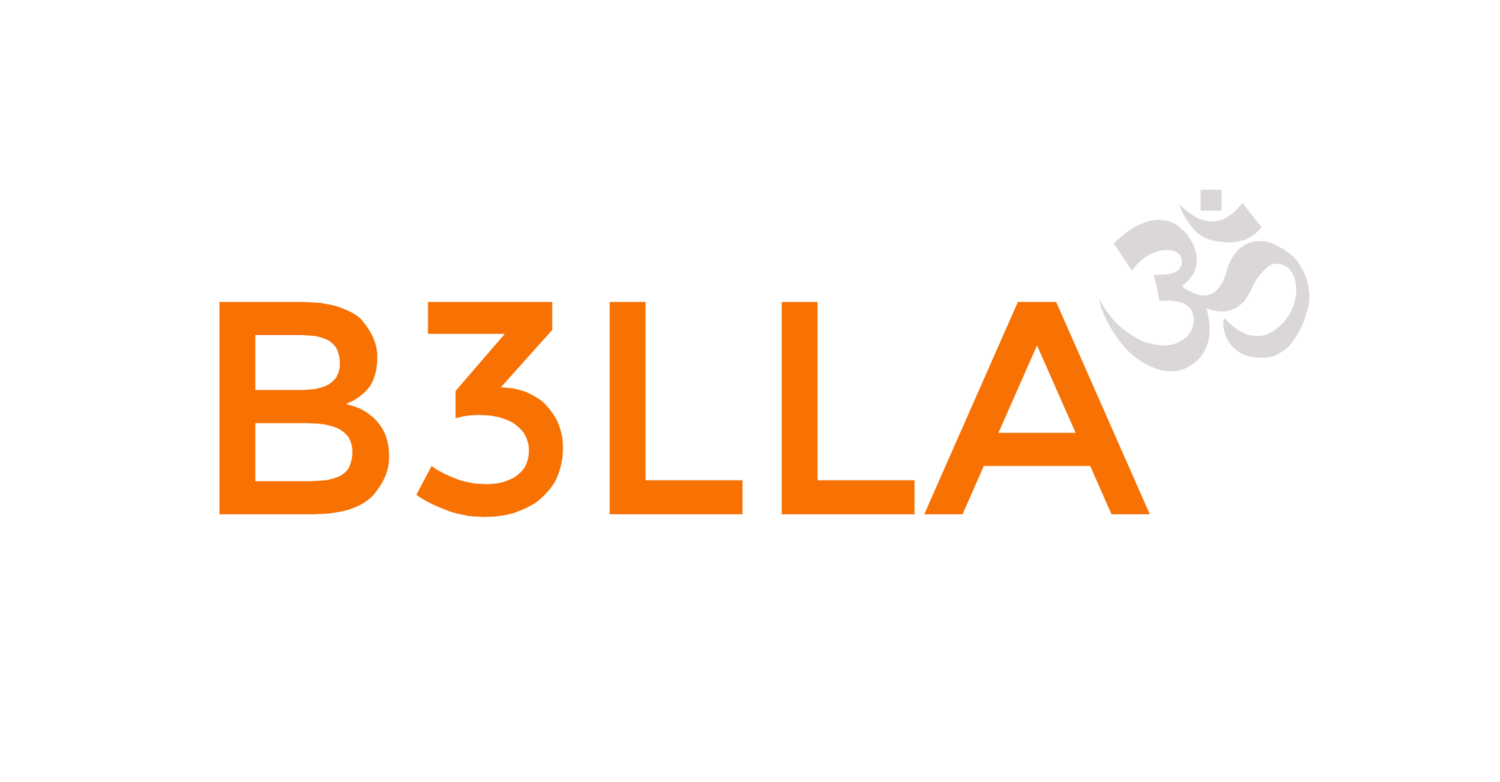DVORAK's "Dumky" Trio (1891)
Perhaps one of his best-known works, Antonin Dvořák’s “Dumky” Trio deviates greatly from the standard-model trio of the High-Romantic period. Dumka is a term that is used in Slavic languages to describe an “epic ballad of brooding intensity.” Dvořák’s trio consists of 6 Dumka, hence it’s nickname which bears the plural form of the word. The mood of each movement (or Dumka) differs greatly, however there is one word that could certainly link them all: “Dramatic.” The element of “Folk” music and it’s entailed style cannot go without being mentioned, as even though the piece is only 6 movements, there must be over a dozen Czech folk songs and dances neatly proportioned throughout. The rapid changes of intensity between sections of music is starkly juxtaposing, as Dvořák uses hardly any transitional bridges. So this means that the emotions are skittish; one moment obtrusively pounding fist and within the next, entwined in an exuberantly dance. That is just to name two. Here is a quick breakdown of what the basic structure and moods of the work are:
I - The opening is dramatic and sorrowful, and then within an instant erupts into a brilliant dance. It is in ABAB form, so that essentially repeats and ends with a bang.
II - A languid marche funèbre makes up much of the second movement. Seemingly infected with the extremes of sadness, depression and loneliness the march crawls forward with magnificent poignancy. There is a counter-dance that violently tears through the somber lament, once in the middle and once at the end.
III - Peaceful and serene, the pastoral third movement is reminiscent of prairie-life, and is interrupted jarringly by fiery ‘folk’-dances.
IV - Like the hands of a clock, time in the fourth movement ticks away in the violin while the cello provides the melody, consisting of nothing more than a d minor scale played up and then back down. This movement can be mesmerizing.
V -The most violent of all the movements, V is rustic and vibrant. The texture is constructed using highly complicated rhythmic patterns.
VI -Beginning with what sounds like music of ancient oriental origin, the final movement is set in a world of a very mysterious, and unpredictable nature. The ‘interrupting’ music this time though, is a peasant’s song played on the violin. The finale takes at the same time, both an extremely personal and a dauntingly apocalyptical tone.
So, it may be more helpful to simply say, this work explores almost every imaginable mood. The emotional spectrum is incredibly far reaching, and one can just listen to this piece using that as their guide. It appears clear why he strayed from convention for this work, wanting to produce a collection or display of lots of emotions, instead of outlining an epic programmatic work that tells a story (like the vast majority of his great works). There is no real message in this work, and thus his musical inventiveness, and ingenious whit took complete advantage. Suffice it to say that in order to be enjoyed one shouldn’t attempt to understand the “Dumky” Trio, but rather submit to simply experiencing the “Dumky” Trio. Like a roller coaster.
Enjoy the ride!
